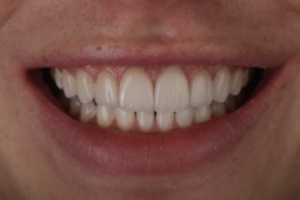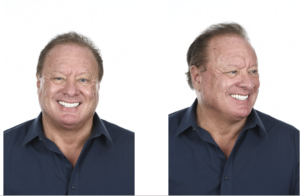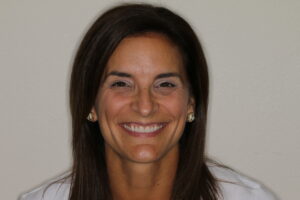The Power of Photography in Veneer Case Presentation: A Case Study by Dr. Jason Olitsky
 Introduction:
Introduction:
Photography has become an indispensable tool in dentistry, particularly in the field of cosmetic dentistry. It allows dental professionals to effectively communicate with patients, understand their goals, and deliver exceptional aesthetic outcomes. In this case study, we explore how photography was used to evaluate a veneers case and facilitate open discussion with the patient.
Case Background:
A 27-year-old air traffic controller sought porcelain veneers to achieve a healthy and masculine smile. Inspired by his girlfriend’s beautiful teeth, he approached Dr. Jason Olitsky, a renowned dentist from Ponte Verda, Florida, to transform his smile.
Photography and Evaluation:
Dr. Olitsky initiated the case evaluation by capturing a “before” picture of the patient’s full face and smile in a dedicated photo studio. These digital images were instantly uploaded onto a computer and displayed on a chair-mounted monitor, allowing both the patient and the dentist to objectively assess the smile.
Utilizing the power of visual aids, the patient was encouraged to express his concerns and desires regarding his smile. This approach enabled Dr. Olitsky to address those concerns and discuss suitable treatment options, taking into consideration the patient’s budget. Together, they explored alternatives such as bonding and contouring, orthodontics, and direct and indirect veneers.

Preparation and Veneers:
After a comprehensive discussion on smile design improvements, both the patient and Dr. Olitsky agreed that minimal preparation veneers would be the best solution to correct the width-to-height proportions of the centrals and laterals, asymmetry of tooth wear, and tooth discoloration.
To facilitate laboratory communication and ensure precise results, Dr. Olitsky collected upper and lower VPS impressions using high-quality Ivoclar Vivadent Virtual Heavy and light body impression materials. Additionally, an open bite centric relation record was obtained using the composite ball technique.
Through effective communication with Gold Dust, a trusted dental laboratory, Dr. Olitsky successfully achieved a minimal preparation approach, resulting in lifelike and conservative ceramic restorations.

Conclusion:
The case study highlighted the transformative impact of photography in veneers case presentations. By providing patients with a visual representation of their current dental condition and potential treatment outcomes, dental professionals can engage patients in a meaningful discussion, set realistic expectations, and deliver esthetic results that align with the patient’s desires and budget.
Check out Clinical Mastery Series’ online photography course! This course serves as a testament to the growing recognition of the importance of dental photography in achieving optimal aesthetic outcomes. Embracing this powerful tool can elevate dental practices and enhance patient satisfaction.



